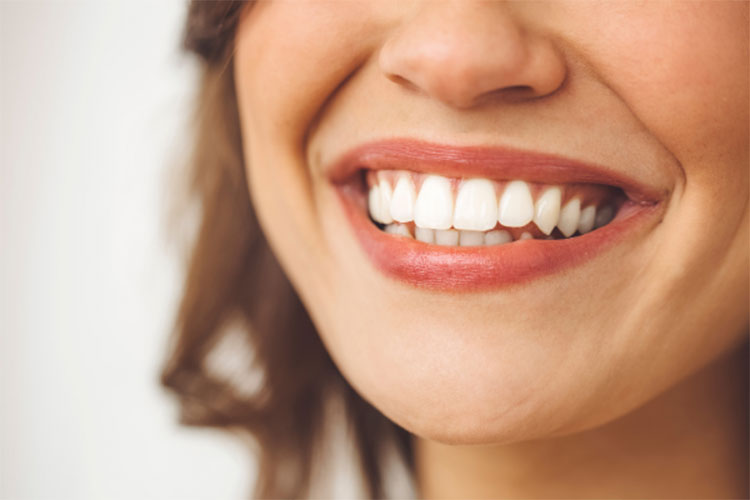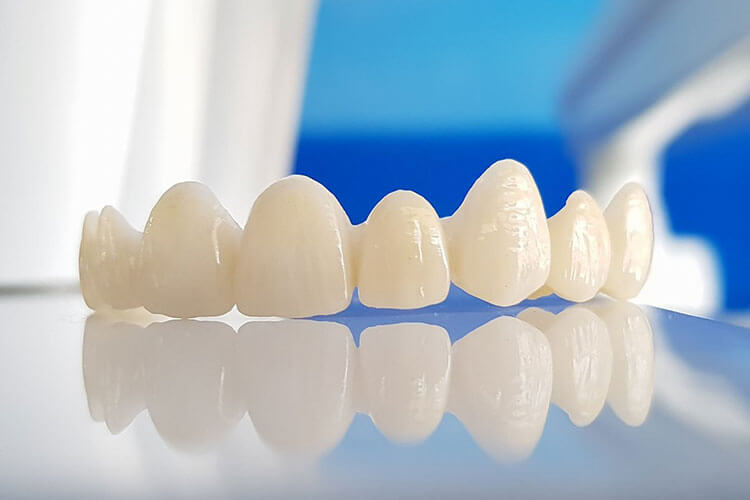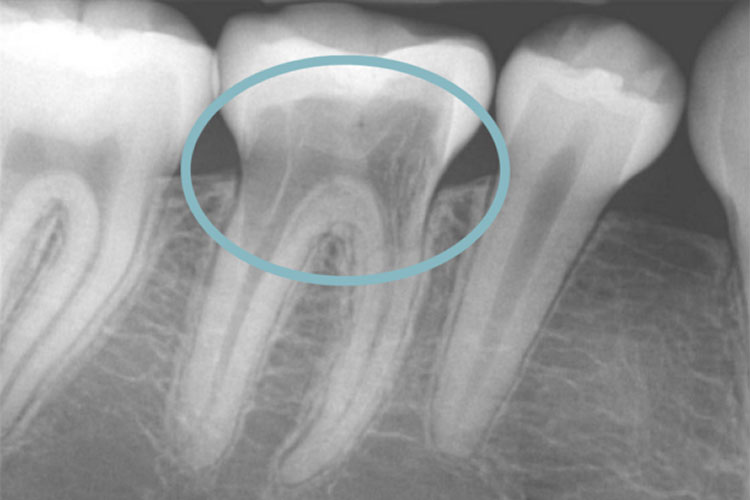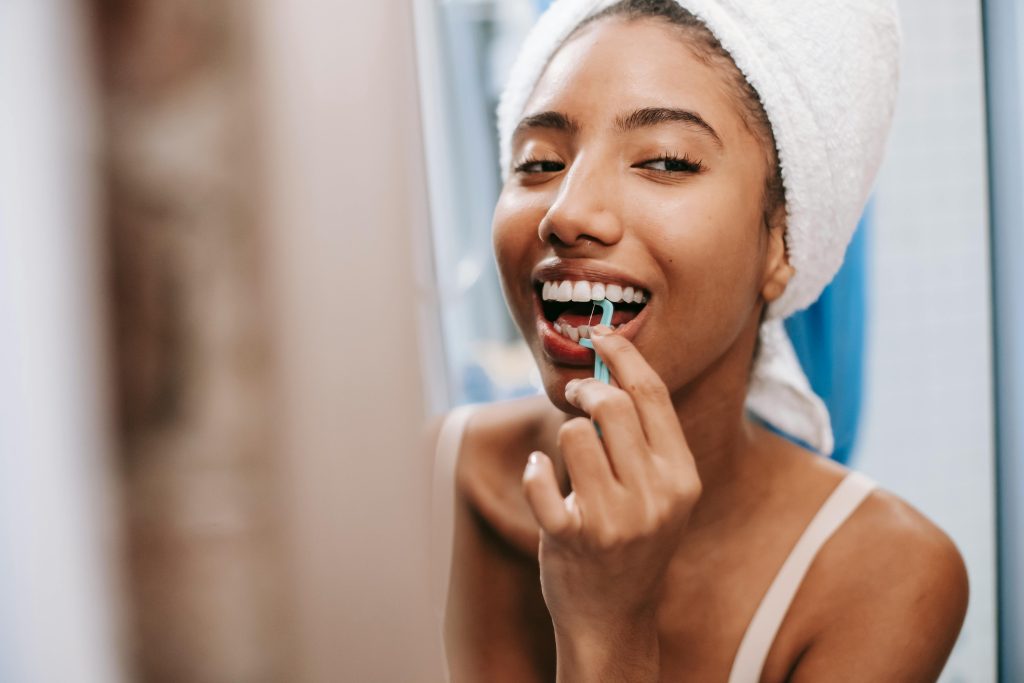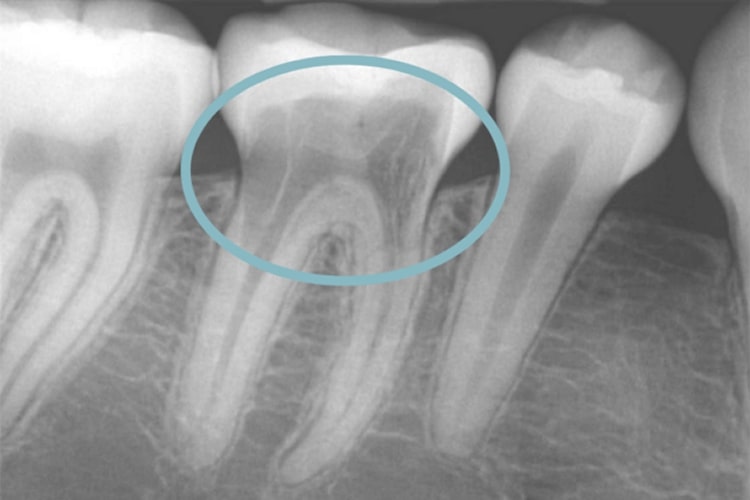Nestled in the picturesque Port Credit District of Mississauga, St. Lawrence Dentistry introduces you to the transformative world of dental crowns.
Whether it’s a vulnerable tooth threatened by a cavity or an aesthetic enhancement you seek, our crowns, often called “dental caps”, are your gateway to a radiant smile.
The Journey to the Perfect Crown
At the heart of a victorious crown lies the art of preparation. Dr. Hawryluk masterfully shapes your tooth, considering its history and present condition. Each preparation is a tailored experience, whether for a tooth with a history of fillings, fractures, or root canals. Our crowns aren’t just about restoring function; they blend durability and aesthetic appeal. We choose materials like zirconia for their strength and ability to mimic the natural look of your teeth.

Engineering Your Smile
What makes a crown stay firmly in place? It’s all in the details of resistance and retention. We design our to withstand the everyday motions of your jaw, ensuring they remain securely in place. Dr. Hawryluk’s expertise in dental engineering plays a pivotal role in creating crowns that stand the test of time and use.
Balancing Preservation and Preparation
Our philosophy is simple: “preserve as much of your natural tooth as possible”. This approach ensures your crown not only fits perfectly but also maintains the integrity of your tooth. We use electric handpieces, offering precision and comfort during preparation.
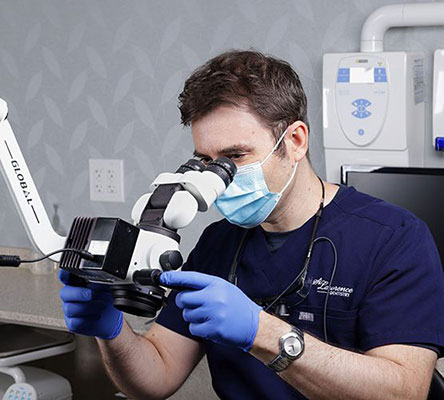
The Aesthetics of Crown Design
Essential for your smile, we conceal the margin of your anterior crowns below the gumline. Dr. Hawryluk meticulously measures the gingival sulcus to ensure the crown complements your gum health and aesthetic desires.
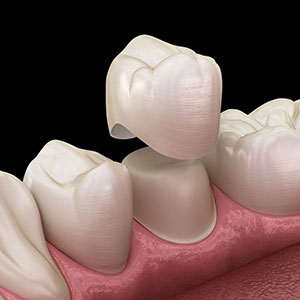
Shade Selection: The Final Touch
Selecting the perfect shade for your crown is a meticulous process. We use a comprehensive shade guide and digital tools like the Trios system to match the crown to the natural color of your teeth. This process is about finding the right color and ensuring the crown’s hue and saturation blend seamlessly with your natural teeth.
Understanding the Science of Tooth Preparation
We consider the unique aspects of tooth preparation, especially when dealing with different layers like enamel and dentin. We tailor our approach to minimize tooth dehydration and ensure the best possible foundation for your crown.
Preparing for an Ideal Result
In cases involving internal bleaching, we take extra care to ensure the tooth is ready for its final crown. This meticulous preparation ensures the longevity and success of your crown.
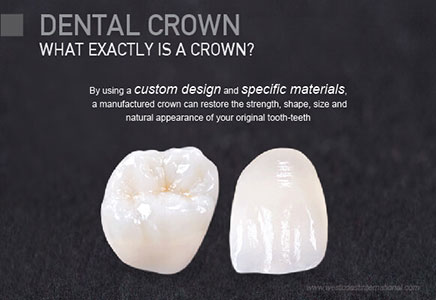
https://images.app.goo.gl/DRwPM35hTxinu3bk9
Your Smile, Our Passion
At St. Lawrence Dentistry, we are not just creating crowns; we are crafting confidence. Our commitment is to provide you with a dental crown that enhances your smile and enriches your life.
Thank you for choosing St. Lawrence Dentistry. Your journey to a perfect smile starts here!
- Unveiling Zirconia: Dental Savior or Engagement Ring Elegance? - April 28, 2024
- Unraveling the Enigma of Tooth Resorption - April 14, 2024
- Detecting Oral Cancer Early: The Importance of Regular Screenings - April 7, 2024



